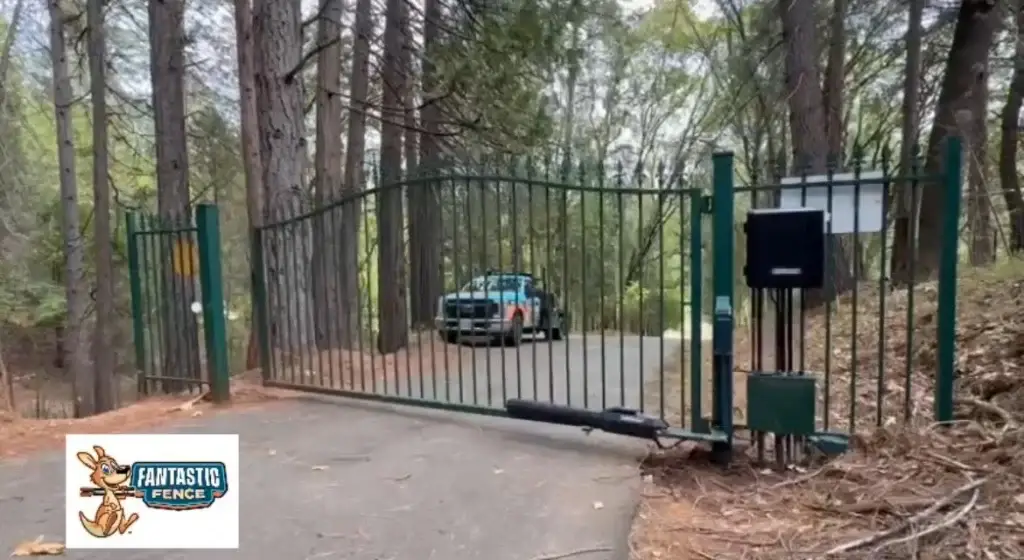What Is “Zone 0”?
“Zone 0” refers to the first five feet around any structure — your home, deck, stairs, or attached fence. It’s part of California’s expanding defensible space rules designed to make homes more ember-resistant in wildfire zones.
The goal is simple: keep anything that can burn away from your home. During wildfires, most houses ignite not from flames, but from wind-blown embers landing on combustible materials like wooden fences, mulch, or dry vegetation.
Zone 0 aims to stop that.
- Authorized under Assembly Bill 3074 passed in 2020.
- Guided by Public Resources Code § 4291 (the state’s defensible-space law)
- Directed by Governor Newsom’s Executive Order N-18-25 (Feb 2025), which requires rules to be finalized by December 31, 2025
Once finalized, new construction in wildfire-prone zones will have to comply immediately, while existing homes will have about three years to make changes.
For official updates, visit the California Board of Forestry’s Zone 0 project page.
Who Is Affected?
Zone 0 will apply only to homes in:
- State Responsibility Areas (SRAs) — mostly rural, high-fire-risk lands managed by CAL FIRE
- Very High Fire Hazard Severity Zones (VHFHSZs) — typically hillside or wildland-urban-interface neighborhoods designated by state or local fire agencies
You can check whether your property is in one of these zones using CAL FIRE’s Fire Hazard Severity Zone maps.
Not every California home is affected — only those in areas identified as high risk.
What Changes Will Homeowners Need to Make?
Zone 0 rules focus on what’s within that critical five-foot ring around your house.
Not allowed (once rules take effect):
- Wood or vinyl fencing that touches the house
- Mulch, bark, or wood chips next to structures
- Plastic or composite fence materials with combustible content
- Flammable plants or shrubs directly adjacent to walls or decks
Allowed or recommended:
- Non-combustible fences and gates, such as steel, aluminum, wrought iron, masonry, stucco-over-block, or concrete
- Gravel, stone, or hardscape ground cover
- Minimal vegetation — low-flammability plants only, spaced and maintained
The Board of Forestry’s draft rule text outlines these restrictions and will finalize details by year-end 2025.
How to Know If You’ll Need Changes
Ask yourself:
Question | If “Yes” | If “No” |
Is your home in a CAL FIRE-designated fire hazard zone? | Zone 0 will likely apply to you. | You may not need to change much. |
Does a fence connect directly to your home? | It must be non-combustible or separated by 5 ft. | Detached fences may remain as is. |
Is your fence made of wood, vinyl, or composite? | Plan to replace or modify it soon. | Metal or masonry is fine. |
Do you have mulch, bark, or shrubs near your walls? | Replace with rock or hardscape. | Keep clear of debris. |
When Will It Happen?
Phase | Timeline | What It Means |
Rule Finalization | By Dec 31, 2025 | California Board of Forestry will adopt final regulations. |
New Construction | Starting 2026 | Must comply immediately. |
Existing Homes | 2026–2029 (grace period) | About 3 years to replace fences, clear combustibles, or make upgrades. |
Local Enforcement | 2026 onward | Counties and cities will adopt and inspect under local codes. |
Why Zone 0 Matters
More than half of homes lost in wildfires ignite from embers landing on flammable materials. (CAL FIRE – Ready for Wildfire)
Zone 0 helps protect your home by removing those ignition sources.
- It’s not about taking away your landscaping — it’s about giving your home a chance to survive.
- It’s also about insurance and peace of mind: Insurers increasingly reward “fire-hardened” properties.
And for communities, it’s about reducing ember spread that endangers entire neighborhoods.
What This Means for Fencing
Your fence line is part of your home’s defense line.
- Wood and vinyl fences: will no longer meet code if they touch your structure.
- Steel, aluminum, or masonry systems: are fully compliant and long-lasting.
- Products like Durabond® steel fencing — used for decades in Australia’s wildfire zones — combine a clean, modern design with proven fire resistance.
At Fantastic Fence, we’re helping homeowners get ahead of the curve with Zone 0-ready fencing that protects what matters most.
How Fantastic Fence Can Help
- Free Zone 0 Readiness Check: We’ll assess your property and flag areas likely to require upgrades.
- Non-Combustible Fencing Solutions: Choose from durable steel, aluminum, and masonry systems that meet anticipated standards.
- Local Compliance Assurance: We coordinate with your county fire authority — Sacramento, Yolo, Sutter, Yuba, and Colusa — to ensure your fence passes inspection.
- Future-Proofing Made Simple: Avoid last-minute rushes and potential penalties by upgrading early.
Final Word
Zone 0 isn’t a rumor — it’s a deadline. California’s new wildfire rules are coming by the end of 2025. The smartest move? Get compliant now, before enforcement begins.
Your roof might be fire-rated and your vents screened — but if your fence is wood, it’s still a pathway for fire to reach your home.
Let’s change that.
Contact Fantastic Fence today to schedule your Zone 0 consultation and discover fire-resistant fencing that looks great, lasts for decades, and keeps your home safer. We are working hard to help California homeowners protect their homes — one fence line at a time.

